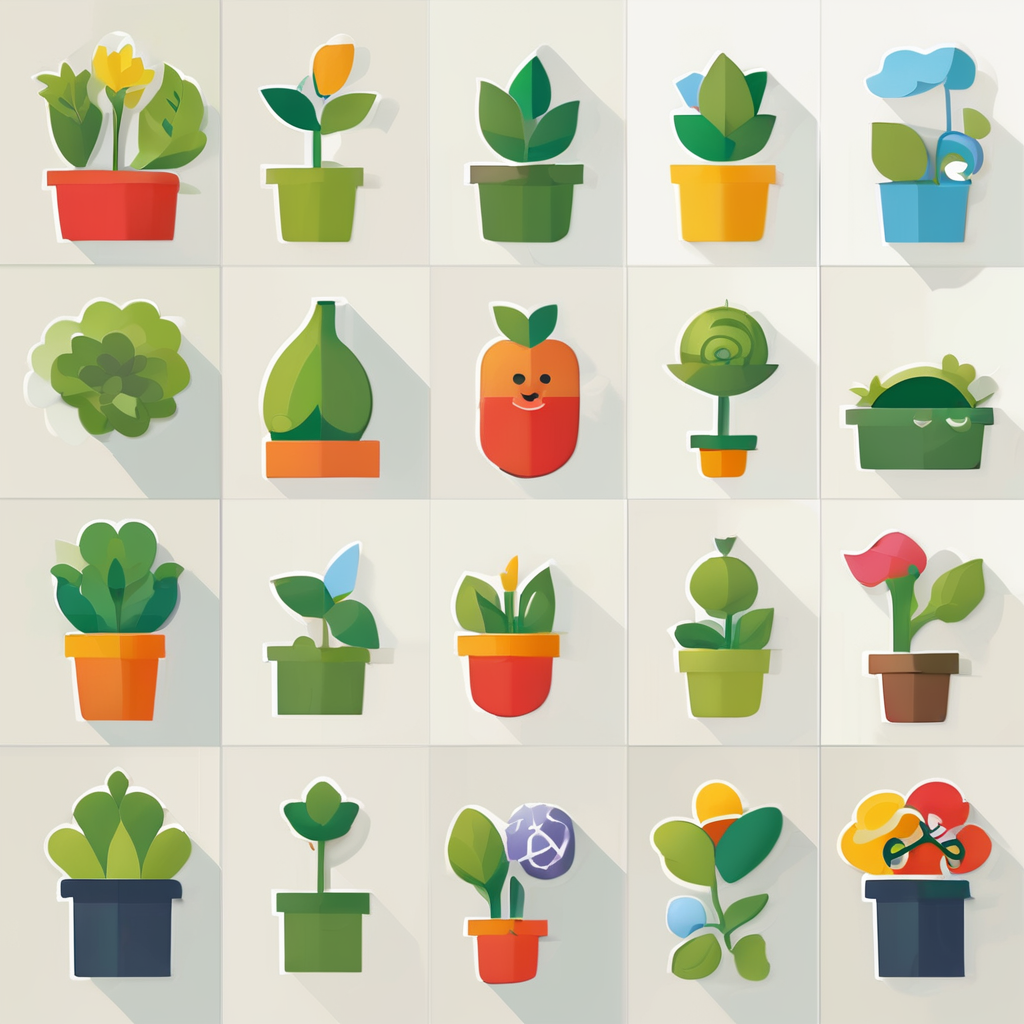Gardening is not merely a hobby; it is a journey of nurturing life. For those who have a passion for cultivating their own food, understanding the best seasonal vegetables to plant can make all the difference in achieving a successful year-round harvest. As we approach the winter months, many may feel a sense of limitation about what they can grow. However, with careful planning and knowledge, a rich variety of vegetables can be planted at different times of the year. In this article, we will explore the essential steps in deciding which crops to grow, focusing on how to maximize your garden’s productivity across all seasons.
Understanding Seasonal Planting
To effectively grow your vegetables, it is crucial to understand the concept of seasonal planting. Each time of year offers different conditions that affect how and when you should plant your seeds. Early spring is the perfect time to start planting crops that thrive in cooler weather. These include peas, kale, and radishes, which can be sown directly into the soil after the last frost. During this period, the soil is still cool enough to accommodate the germination of these hardy varieties.
Also to read : Revolutionize your garden with ultrasonic pest control solutions
As spring progresses into summer, the temperatures rise, opening the door to a host of heat-loving plants such as tomatoes, peppers, and cucumbers. The key to successful growing during this time is to ensure your garden receives ample sunlight and is kept well-watered.
When late summer arrives, it’s time to prepare for fall. This period is ideal for planting vegetables such as broccoli, carrots, and beets, which can be harvested in the cooler months. Additionally, it’s wise to consider how the soil needs to be amended with nutrients to support these crops. Depending on previous plantings, you may need to add compost or fertilizers to enrich the ground.
Also read : What are the essential tools every home gardener should have?
Understanding these seasonal cycles enables you to make informed decisions about what to grow and when to plant, ensuring that your garden remains productive throughout the entire year.
Winter Gardening: Planning and Preparation
Many people overlook the potential of winter gardening, but with the right approach, it can yield rewarding results. Growing vegetables during this season requires more planning and preparation than other times of the year. Certain vegetables, notably kale, spinach, and garlic, can be planted in late fall or early winter. These crops are cold-hardy and will continue to thrive even when temperatures drop.
When preparing your garden for winter planting, consider using protective covers such as row covers or cloches. These can help maintain a warmer microclimate around your plants, allowing them to grow when they otherwise might not. In addition, a layer of mulch can help protect the roots from freezing temperatures.
For those who want to push the boundaries of winter growing, consider using a greenhouse or a cold frame. These structures provide an ideal environment for starting seeds early or for keeping young plants thriving during harsh weather conditions. Inside, you can experiment with a wider variety of crops, including herbs and lettuces, which can significantly enhance your winter harvest.
Finally, understanding your local climate is key. Different regions have varying frost dates and temperature ranges which influence what you can successfully grow. You can check local agricultural extension services for precise planting dates and recommended varieties suitable for winter gardening.
Summer Planting: Maximizing Your Yield
Summer is a vibrant time for gardening, where the potential for yield seems boundless. To ensure a successful harvest, careful planning is required to maximize the output from your garden during these warmer months. Early summer is an excellent time to start planting vegetables like beans, corn, and squash, which thrive in warm soil. These crops not only provide bountiful harvests, but they also enhance the soil by fixing nitrogen and preventing erosion.
As summer progresses, consider implementing a strategy known as succession planting. This means staggering your plantings every few weeks to ensure a continuous supply of fresh produce throughout the season. For example, if you plant a new row of lettuce every two weeks, you can expect to enjoy fresh greens well into the late summer and early fall months.
Moreover, container gardening can also be a viable option during the summer. Utilizing pots allows you to move your plants to optimize sunlight and protect them from the intense heat. Plants like cherry tomatoes and peppers do particularly well in containers, and they can add an aesthetic touch to your summer garden.
Finally, regular maintenance is essential during the summer. This includes watering your plants consistently, managing pests, and keeping an eye on any signs of disease. By maintaining your garden actively, you’ll not only ensure a healthy crop yield but also enjoy the fruits of your labor throughout the season.
Fall Planting: Preparing for the Next Year
As the leaves change and temperatures begin to drop, fall gardening becomes a critical period for preparing your garden for the next year. This season presents a unique opportunity to plant a variety of vegetables that will mature before the onset of winter. Common choices for fall planting include carrots, turnips, and radishes. These varieties can be sown directly into the ground and will usually be ready to harvest before the ground freezes.
In addition, fall is an ideal time to prepare your garden’s soil for future crops. After harvesting your late summer vegetables, consider incorporating a cover crop such as clover or vetch. These plants enrich the soil by adding nutrients and preventing erosion during the winter months.
You should also take this time to clean up your garden. Remove any dead plant material and debris from the previous seasons to reduce the risk of pests and diseases overwintering in your garden. Once your garden is tidy, add organic matter such as compost to enhance your soil’s fertility for the spring growing season.
Planning ahead is crucial during fall. Take note of what worked well during the year and what didn’t. Keeping a gardening journal can help you refine your approach for the next season. Additionally, buying seeds early can ensure you have access to your desired varieties for spring planting.
Successfully cultivating a year-round garden requires understanding the nuances of seasonal planting. Whether you are focusing on early spring or late fall, each season offers unique opportunities for different vegetables. By planning your crops accordingly, you can maximize your harvest and enjoy a thriving garden throughout the year. Remember, gardening is a continual learning process, and with each season, you will gain invaluable experience that will aid in your cultivation efforts. Embrace the seasons, respect the soil, and watch as your gardening journey flourishes.













